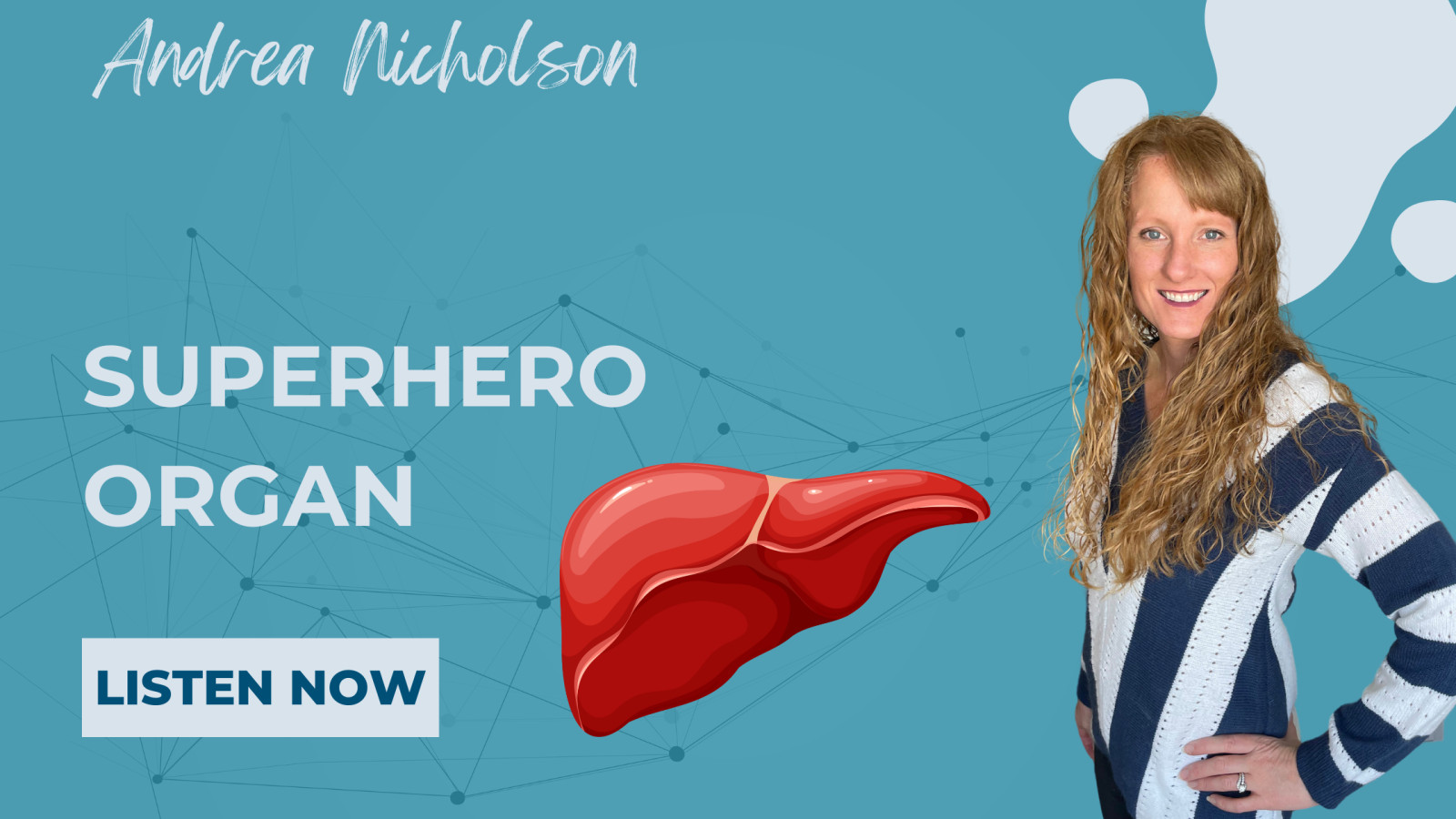
Metabolic Health: Brain Function
Today we are talking all about brain health and how fixing your metabolism can improve cognitive abilities, reduce risks of degenerative brain diseases, and reduce or eliminate migraines.
Every cell in the body has insulin receptors – the brain and blood vessels are no exception. In the brain, the insulin receptors stimulate brain cells to take up glucose for fuel, which helps the brain cells grow and survive. This also plays a direct role in appetite control, metabolic rate, and learning and memory. These all sound good, right? They are, but just like every other system in the body, having too much insulin and/or insulin resistance is problematic. In fact, prolonged insulin resistance in the brain literally changes the brain’s structure and function. New research has found that for every 10 years of insulin resistance, the brain appears to be 2 years older than the brain of an insulin-sensitive person of the same age.
Insulin Resistance and Dementia
One of the most devastating diseases of the brain is dementia in all of its forms. This is devastating to not only the patient themselves but to everyone around them who witnesses the person slowly slipping away and becoming a different person. Alzheimer’s is the most common form of dementia, accounting for up to 80% of all cases. While scientists still have a lot to learn about dementia, they have found a profound link to insulin resistance in the brain. This is precisely why many in the field now refer to Alzheimer’s as type 3 diabetes.
Researchers have long believed that these diseases were due to plaques forming in the brain. However, this theory is losing popularity, because many people without any signs of dementia also have these same plaques. And it turns out that much of the data used in the initial studies forming the plaque theory was flawed. Insulin resistance of the brain is the more likely scenario for many forms of dementia as a higher fasting insulin value was found to have a stronger statistical significance than even age. Insulin may also increase the formation of the plaques in the brain, so even if those plaques do play a role, insulin makes it worse.
So how does insulin resistance affect the brain? The brain is a very metabolically active tissue with very high energy demands. After eating a meal, the brain is 100% getting energy from glucose from that meal. When in a fasted state, less than half of that energy comes from glucose. However, when following a traditional Western diet (or common dietetics advice), people are eating meals and snacks all day long – always in a fed state. Add to this the high carbohydrate intake and insulin never comes back down. When the body is in a high insulin state all the time, it dials back on the sensitivity of the insulin receptors. This reduces the capacity for insulin to do its job. When insulin can’t do its job effectively, glucose can’t be taken up by the brain cells. This causes the brain to sputter and stall like a car engine without fuel. There are no alternative fuels available when insulin levels are elevated. The good news is, there is a remedy – and that is becoming metabolically flexible. We’ll come back to that in a moment.
Beyond Alzheimer’s, the second most common cause of dementia is called vascular dementia. This is a condition of low blood flow to the brain. This goes directly back to the same problems we talked about in the heart disease and hypertension episode. A study of over 10,000 adult men over 20 years found that those with insulin resistance had more than twice the risk of developing vascular dementia than insulin-sensitive men.
Insulin Resistance and Parkinson’s Disease
Parkinson’s disease is another devastating disease of the brain that causes the accumulation of proteins called “Lewy bodies” in the brain and loss of dopamine-producing neurons. This loss of dopamine causes changes in the motor movement and reward functions of the brain. We know that insulin also alters dopamine in the brain, further highlighting this connection. 30% of Parkinson’s patients also have type 2 diabetes with potentially up to 80% having insulin resistance.
Insulin Resistance and Migraines
Migraines are another common plague of the brain, affecting 18% of US adults. Studies have shown that those with insulin resistance are twice as likely to have regular migraines and insulin levels are significantly higher in people who experience migraines. I’ve found this in my own health…when I reversed my insulin resistance, my migraines completely went away.
Insulin Resistance and Neuropathy
Neuropathy is a condition that affects nerves throughout the body. Nerve damage often accompanies diabetes, causing burning, tingling sensations of the limbs (especially the feet). This is undoubtedly connected to high blood sugars, however, the problems start before blood sugars start to rise. They start when insulin levels rise and insulin resistance sets in.
Metabolic Flexibility
So, now you can see why insulin resistance and metabolic health play such a major role in brain health. I mentioned earlier that the key to correcting these conditions is in developing metabolic flexibility. Metabolic flexibility turns your body into a hybrid engine meaning you are efficiently able to switch between burning glucose and burning fat for energy. This is critical to not only reversing insulin resistance but also to providing sustainable energy when you’re in a fasted state. I also mentioned earlier that most people following a Western diet are always in a fed state…told to eat small meals or snacks every couple of hours leaving you to constantly fight the hunger cycle. If this is you…you can’t go more than a couple of hours without eating, you get “hangry” if you skip a meal, your brain shuts down if you can’t eat, you have sugar or other food cravings a few hours after you eat, or your energy drops between meals…you are living in a sugar-burning body.
With metabolic flexibility, you’ll be able to fast for long periods of time without any side effects. Most people find that they have a far lower appetite, never have cravings, have improved memory and mental clarity, have more energy, and are more easily able to maintain weight loss. When your body is in this fasted state, your body fat provides the needed fuel – that’s exactly why we have body fat! Body fat is converted to ketones that can fuel nearly every cell in the body (all except for red blood cells that don’t have mitochondria needed for ketone metabolism). These ketones are a far cleaner burning fuel with less oxidative waste products than sugar and they can provide longer-lasting energy on demand.
Building metabolic flexibility can take some time and effort – but trust me, it’s worth it! A few things that can help you build metabolic flexibility;
- Reduce overall carbohydrate intake while prioritizing proteins and healthy fats. Protein and fat are far more satiating and have less impact on blood sugars.
- Stop snacking and focus only on real meals. When eating, sit down, relax, focus on your food, and chew thoroughly.
- Once you’ve adjusted to eating only meals and fewer carbohydrates, try not to eat until you’re truly hungry. This might mean you skip a meal, it might mean you don’t eat until later in the morning. It might mean you have smaller meals. Just learn to truly listen to your body. This will naturally increase your fasted period each day, allowing your body to use fat for fuel rather than food.
Building metabolic flexibility is a major aspect of what I work on with my private clients because it truly is the foundation of optimal health.




















0 Comments